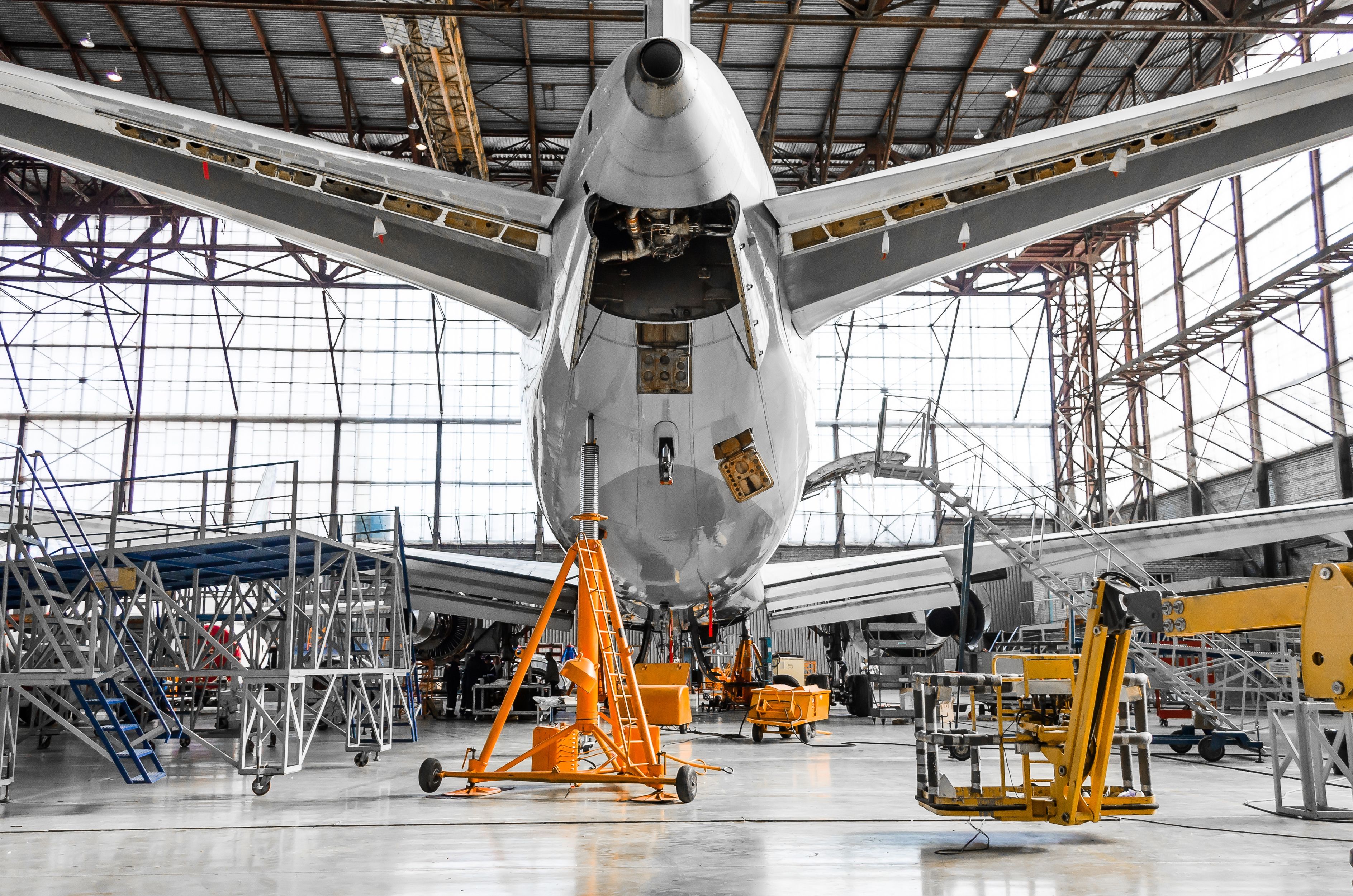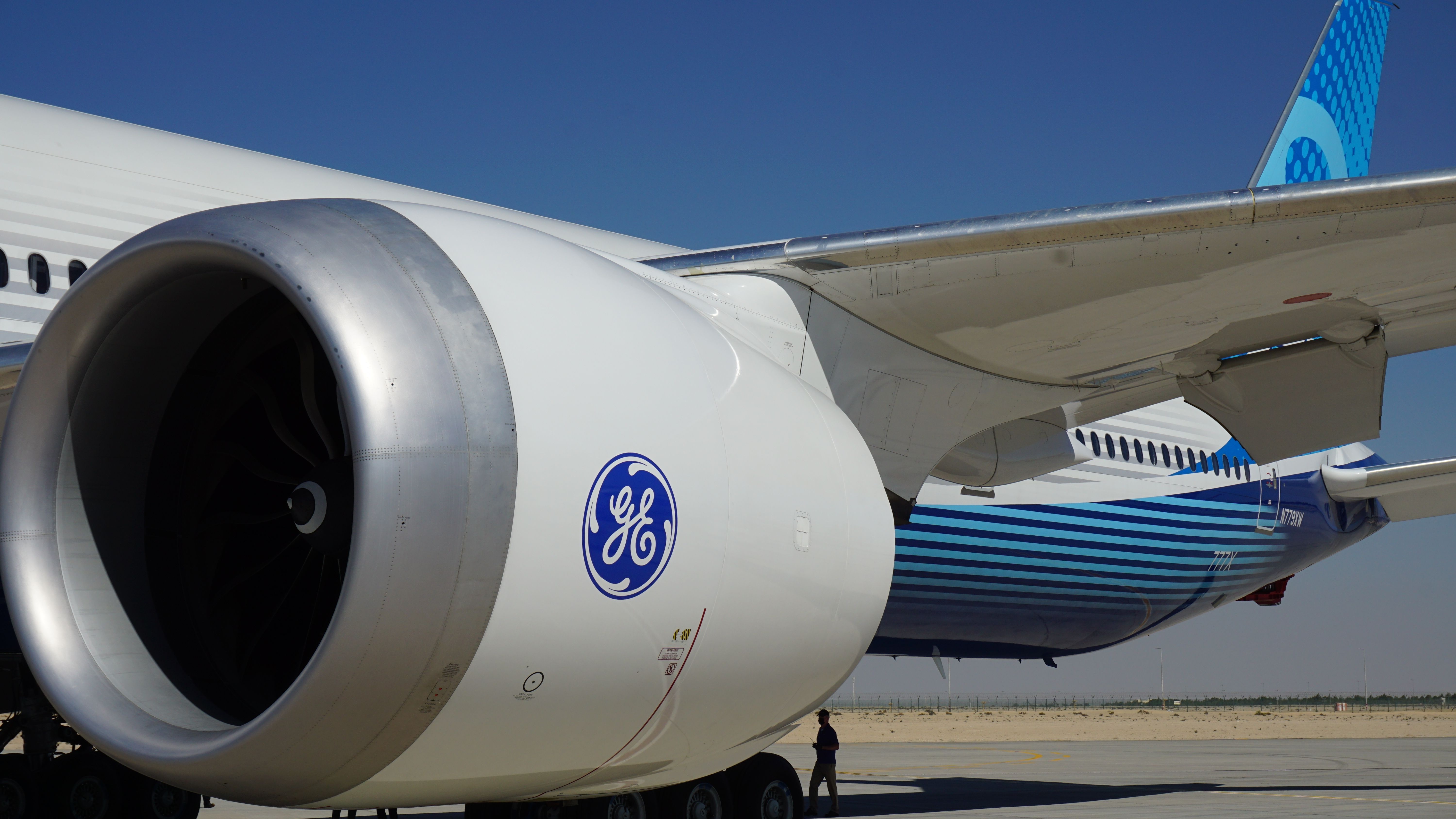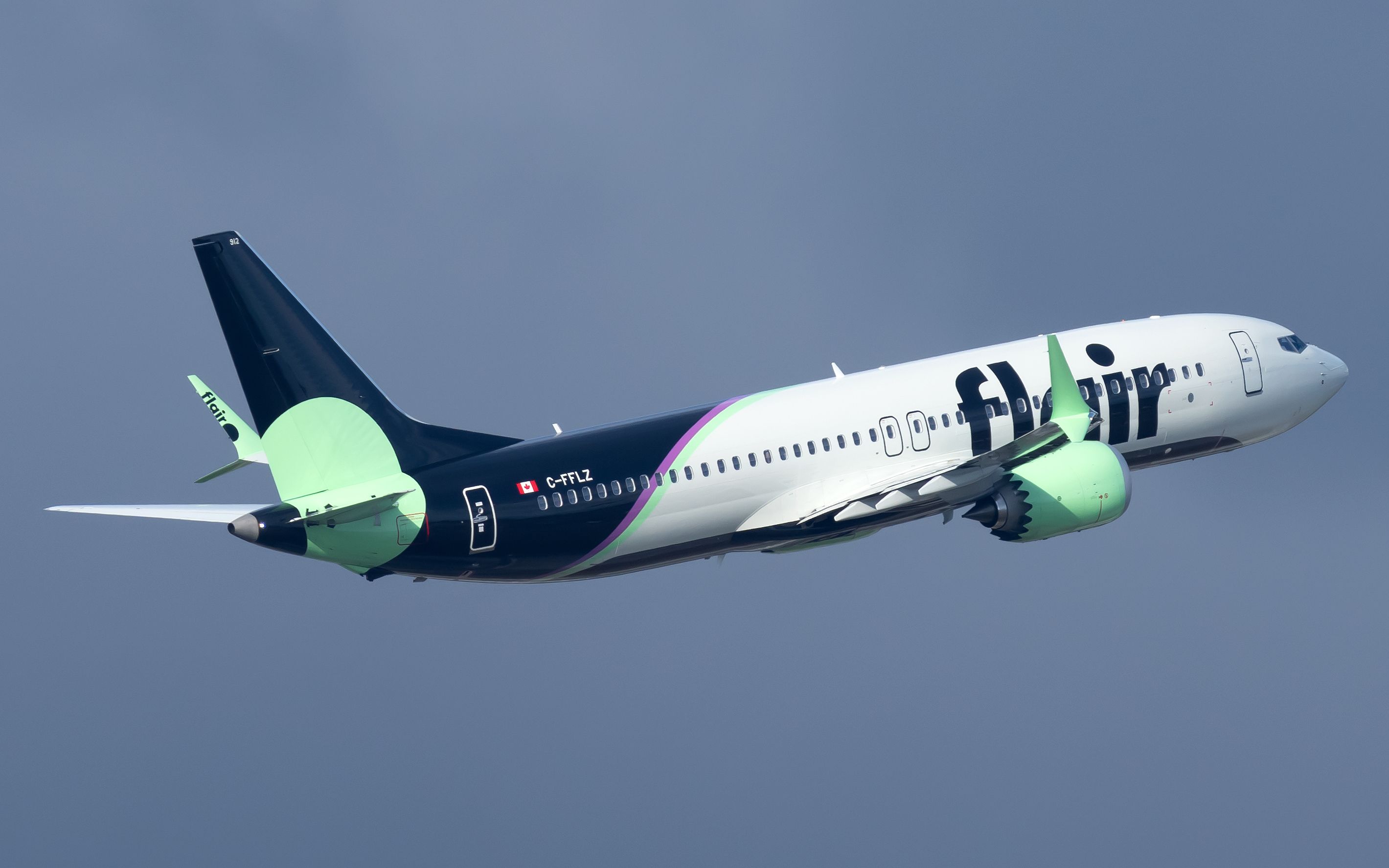After completing the conceptual design phase of the aircraft, the sizing and location of the major components and systems are finalized. Large aircraft can be made of up to a million individual parts. Aircraft manufacturers rely on suppliers for structures, assemblies, and individual parts. With the conceptual design almost finalized, it is time for supplier selection and collaboration.
Supplier selection
The technical and logistics teams are generally tasked to find and select suppliers for various components and systems for the aircraft. In terms of the major components of the aircraft, engines and landing gear require the need for specialized suppliers. Engine supplier selection is the most critical since engines typically represent one-third of the cost of the aircraft.
The selection of specialized engines that can provide the necessary power to the aircraft is essential. Large manufacturers consult their preliminary designs with engine manufacturers early in the design phase.
For example, before the preliminary design phase, Boeing was in talks with General Electric (GE) for their GE9X engines to power the Boeing 777X. While some new aircraft may require specialized engines, others may find multiple engine options available in the market.
Aircraft systems that require specialized suppliers include avionics, flight control systems, hydraulic systems, electrical systems, bleed-air systems, and de-icing systems. Moreover, supplier selection is needed for cabin and cargo equipment, including passenger seats, overhead luggage bins, galleys, lavatories, cargo pallets, and movable belts.
Supplier collaboration
During the first meetings, the aircraft program is advertised and "sold" to the suppliers. The suppliers provide their capabilities and services based on the design. Manufacturers in the market for a long time have an advantage over the same suppliers for various aircraft types. However, significant advancements from previous designs may require new capabilities and suppliers.
In most cases, manufacturers opt for modified versions of products and services the suppliers are already developing or producing. Developing new systems from scratch can be too costly and risky for suppliers.
For example, when Boeing launched the 737 MAX in August 2011, it opted for the modified version of the CFM International LEAP Engines, the LEAP-1B. While the LEAP program was not mature at the time, it was already in development to power the Airbus A320neo family of aircraft. The Airbus A320neo family uses the CFM LEAP-1A.
Contracts
Manufacturers shall establish contracts with the suppliers with specific time scheduling, prices, and warranties of the goods. Milestone payments for shipments are decided upon between multiple parties. Costs associated with shipping and handling shall also be agreed upon as part of the contract. Since aviation is a strictly regulated industry, supplies must abide by all regulations regarding supply chain and raw material manufacturing.
Manufacturers shall collaborate with the suppliers for the continuous supply of parts and provide feedback, make significant improvements, ramp up production, and streamline deliveries. Irrespective of the established contracts, it is common for aircraft manufacturers and suppliers to run into problems associated with the production and supply of materials.
What do you think about supplier selection and collaboration in aircraft development? Tell us in the comments section.



